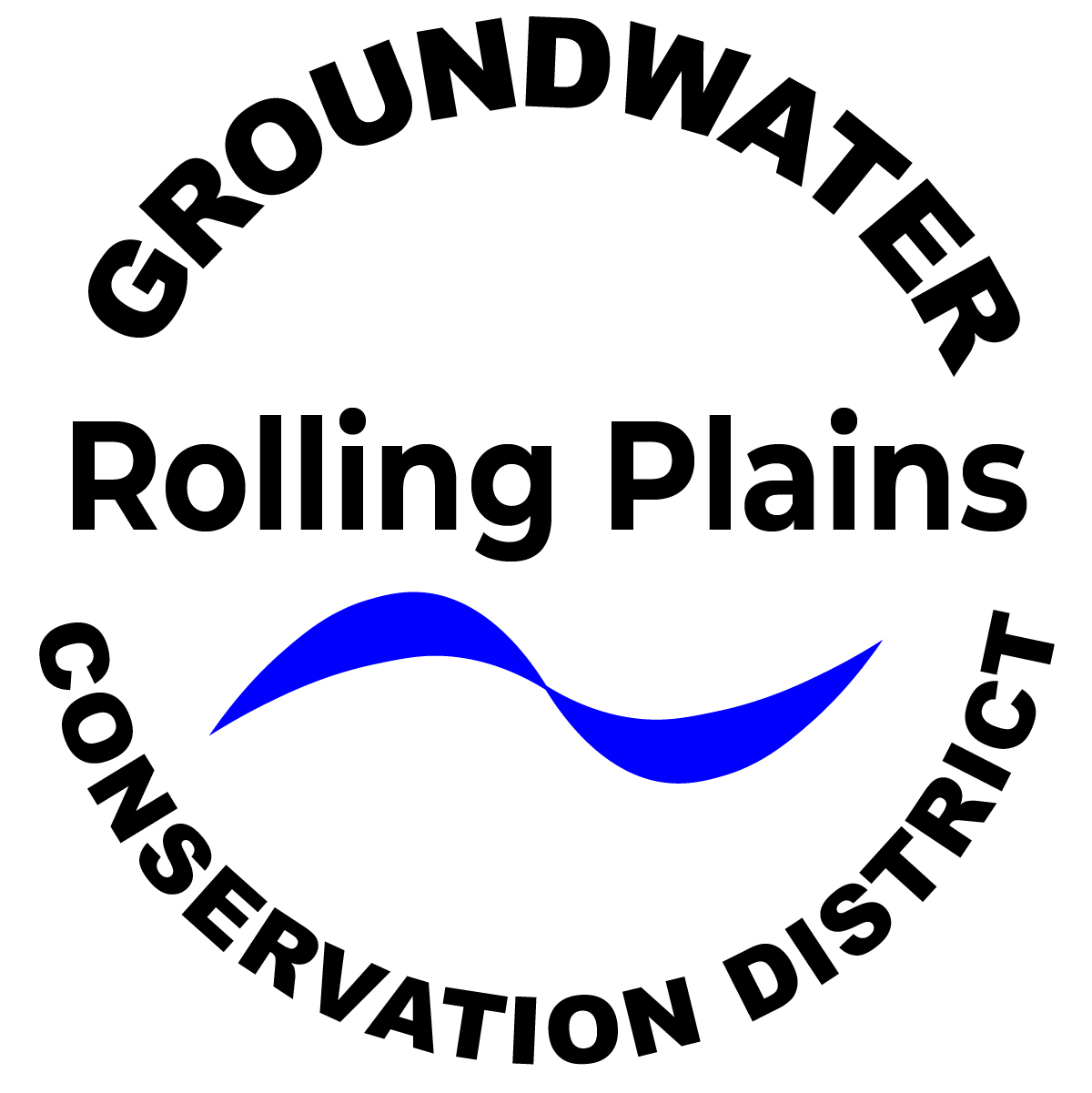Seymour Aquifer
Seymour Aquifer:
The Seymour Aquifer is a major aquifer in Texas and is present across parts of about eighteen counties in north-central Texas, an area also known as the Rolling Plains Ecoregion. The aquifer consists of isolated areas of alluvium that were likely connected in the past but have been separated into “Pods” through erosion. These pods are derived from the remnants of the Seymour Formation, Lingos Formation, and younger undifferentiated alluvial deposits, all of Quaternary age.
Within the District, the Seymour Aquifer is present in three pods with the Haskell-Knox pod being considerably larger and somewhat thicker than the other two. Material in the aquifer is poorly sorted and discontinuous but does tend to coarsen with depth in most areas with basal gravels layer of a few feet think being common. Likewise, much of the upper portion of the pods has more silt or clay which does limit infiltration from precipitation. In Baylor County, the total aquifer thickness is about fifty feet or less. The aquifer thickens in Knox and Haskell counties to reach a thickness of about ninety feet. The saturated thickness varies with location but is generally in the range of twenty to fifty feet.
Well yields in the Seymour vary from a few gallons per minute to about 400 gallons per minute and have declined over time due to dewatering. Within the District, most of the water produced from the Seymour Aquifer is used for irrigated agriculture with municipal being the second largest user.
Water quality in the Seymour is quite variable. There are several hundred suspected sites of oilfield brine contamination from past practices that are no longer allowed. Likewise, contamination of hand dug wells by septic tanks is well documented in the area but is a legacy of past practices. Cleaning up these past events normally does not occur, and they remain in place to this day. Awareness is key as these contaminants render the groundwater unsuitable for certain uses in certain areas of the District. Over time, it is believed that natural or artificial recharge will further reduce these issues. Agricultural cultivation is probably the largest current threat to water quality but with proper education, this threat can be mitigated.
Services and Resources
District Overview
The District was created in 1993 by the 73rd Texas Legislature HB2862) with the local confirmation election occurring in 1999.
Learn More >
Online Payments
BOARD OF DIRECTORS
The Directors are appointed by the Commissioner’s Court of each of the three counties and serve staggered four-year terms.
Learn More >
DISTRICT SERVICES
Water quality testing services are frequently requested and may lead to discussions on health, wellhead protection, and other interests.
Learn More >
District Rules
The District’s Rules are designed to spell out how we will take certain actions to limit waste, curtail production, or require certain other actions.
Learn More >
Have Questions?
Send us a message and we will get back to you.
Thank you for choosing Rolling Plains Groundwater Conservation District.
